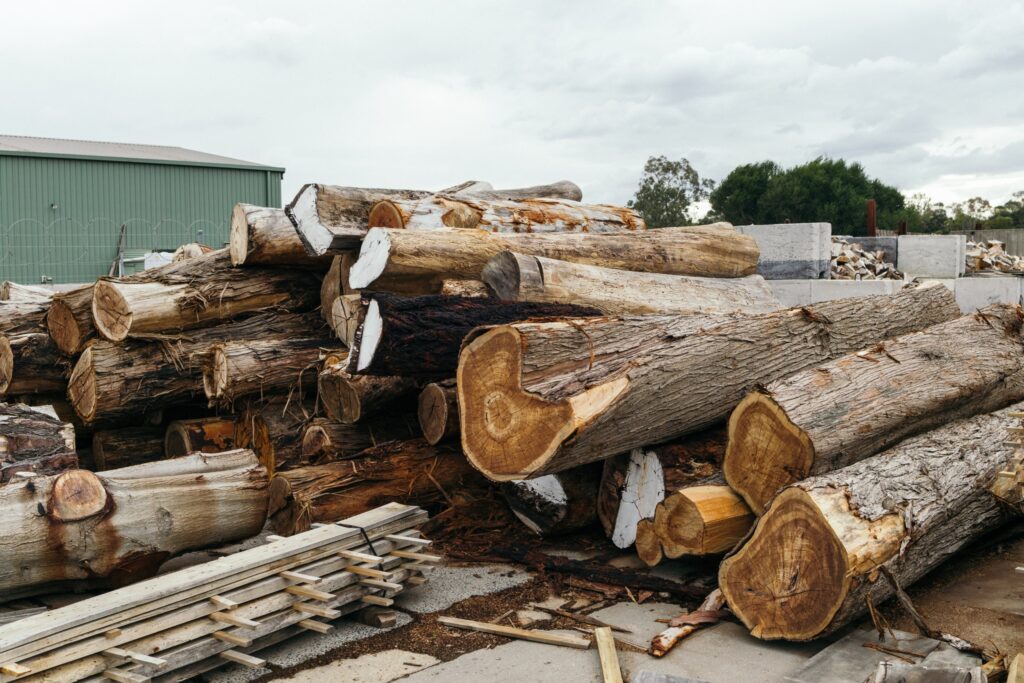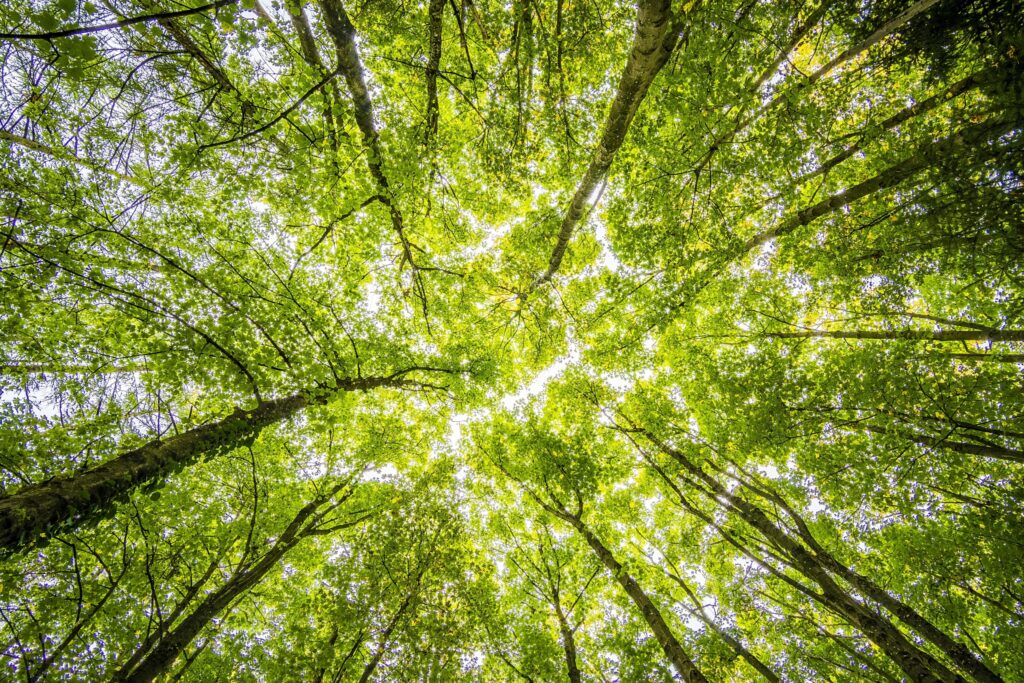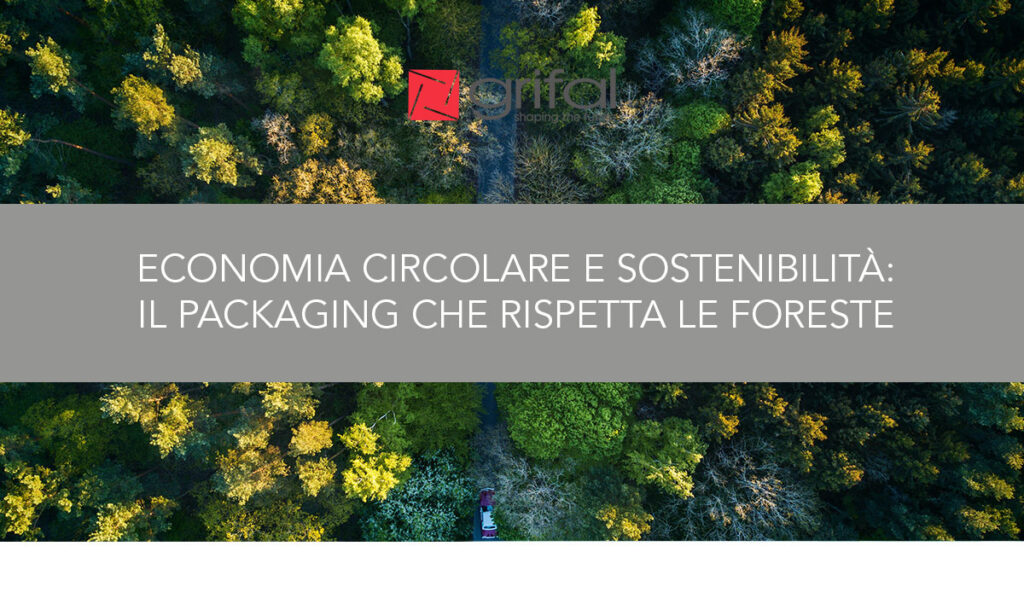The recent slowdown in industrial activities and entire economies may lead us to expect a respite from dangerous global deforestation. From the logging peaks of the 1990s to the present, we have made great strides in forest protection and laws to protect forests. Until 2000 there were in fact 16 million hectares per year of deforestation, in 2010 there were 13 and in 2015 according to FAO data1 there were “only” 6.5 million.
The attention of environmental organizations, civil society, industry, and both national and international regulations has led to a growing awareness of the issues of:
- Circular Economy
- Eco-sustainability of production chains
- Reuse and Recycling of materials and products
All of this has helped reduce deforestation around the world1 however, coming to the very last few years, primary forest loss was 2.8 percent higher in 2019 than in the previous year. The tropics lost 11.9 million hectares of tree cover. It is the equivalent of one soccer field of trees less every six seconds for an entire year!2
The rate of deforestation in the Brazilian Amazon is galloping again. In March 2020 alone, 327 square kilometers of rainforest disappeared.
Brazil accounts for one-third of the world’s primary tropical forest loss, but it is not the only area where deforestation related to animal husbandry, intensive agriculture, conversion of forests to plantations, and timber use is on the rise again.

Central Africa suffered extensive damage while wildfires in Australia multiplied x6 the loss of “green” cover compared to the previous year. Antonio Brunori, Dottore Forestale and secretary general of PEFC Italy, a certification body for sustainable forest management, tells:
“After years of encouraging signs, there is now a restart of deforestation rates in some areas of the world, especially in Africa and the Amazon. Some Russian NGOs claim that fires in Siberia may also have been caused to cover up acts of illegal deforestation. In Africa Chinese operators are exploiting acres and acres of forests, and now a new front is coming from Indonesia. It is important to protect the environment and forests without backtracking on achievements. “2
Brunori is convinced, in fact, that in the aftermath of the Covid-19 emergency, anopportunity could be foundto build the foundations of a better world, where deforestation will slow down again. Let us put our own and the Planet’s health back at the center, starting with what surrounds us: our trees.
FSC Certifications ® and PEFC™, obtained by Grifal, for products of forestry origin
Grifal has always been committed to meeting customers’ needs through respect for shared core values, foremost among which are Ecosustainability and the inclusion of Packaging Solutions in a concrete Circular Economy. Let’s take a brief look at the environmental benefits of two important certifications:
FSC® Certification.
This is a standard that ensures that the paper-which we use for our products-is sourced fromforests that are managed sustainably and responsibly, such that social, economic and environmental needs are met.

The felled tree coming out of the forest can be fed into two supply chains: wood and pulp. In both cases, all operators in these two supply chains will have to implement a “CoC” acronym for Chain of Custody within their organization.
What does it mean? All actors in a given supply chain, if they want to sell FSC-certified products, will have to not only have their own certified CoC, but purchase material that is also guaranteed by a supplier with their own certified CoC.
FSC is a standard that defines internationally applied performance levels that are valid in all countries where companies or entities choose to adopt this scheme.
PEFC™ Certification.
It is an international (nongovernmental) organization that promotes sustainable forest management. Unlike FSC, it adopts a global “umbrella” organization policy, that is, a certification system based on the recognition of national forest management schemes.

For example, PEFC™ includes the certification schemes of the United States, Canada, Malaysia and Russia.
Thanks to this recognition mechanism, PEFC™ has now become the most widely used forest management certification scheme in Italy and around the world.
Underlying PEFC™ is the principle of promoting sustainable development: development that meets the needs of the present without compromising the ability of future generations to meet their own needs.
In contrast to FSC certification
®
, PEFC™ endorses and recognizes national schemes by integrating its own elements into a standard system.”
➡ Learn more about Grifal’s certifications in sustainable and responsible forest management.
In support of green packaging and responsible consumption
Environmental protection is an increasingly common theme in many sectors, from Industry to Retail, including – in particular – environmentally sustainable packaging and packaging.
Sustainability is assuming a key role in the relationship between producer and consumer. Companies are increasingly being called upon to respond to customer requests that direct their preferences toward green packaging and packaging to help reduce environmental impact and thus waste. How much does this trend affect companies? Very much so: the environmental impact of packaging is a factor that influences 46 percent of consumers when choosing personal and household products.3

Consumers today are aware of the need for more sustainable packaging that reduces impact on the planet and waste of essential resources.
Many governments have committed-and are committing themselves-to combating climate change and promoting sustainable practices.
The Green Packaging market will continue to expand due to:
- Packaging products explicitly designed to reduce environmental impact
- The down-gauging or “downsizing” of packages.
- The reusability and “second life” of packaging
- Strict use of certified raw materials and recyclable and biodegradable materials
- Implementation of machinery that increases energy efficiency
What is meant by Circular Economy?
The circular economy is a system that aims to rethink the traditional linear economy (produce-consume-dispose), following a transformation process in which the resource is recycled and/or redirected to the production chain: from repair to recovery and back to the origin of the chain.
The life cycle of wood, for example, can last indefinitely, with enormous ecological and economic benefits. Recycling wood, in fact, means saving energy, improving air quality status and at the same time avoiding waste.4
Italy ranks first among the top five European economies in the Circularity Index, the value assigned according to the degree of efficient use of resources in five categories: production, consumption, waste management, secondary raw materials market, investment and employment.5
In this context, Grifal constantly devotes significant resources in R&D of environmentally sustainable products with innovative solutions in step with product, customer and market needs.
Our company positions itself at the forefront of the battle to protect the environment. We use the expertise gained during our long history inprotective packaging to achieve the goal: 100 percent eco-friendliness.
Grifal’s packaging solutions:
- They combineprotective effectiveness with elimination of oversizing
- They are adaptable to products of different shapes and sizes and thus prevent inefficiencies: they simplify logistics management and reduce occupied warehouse space
- Reduce energy consumption by minimizing the number of equipment (molds, dies, etc.) to be produced
- Decrease in the hours/machines required for packaging production
- Provide for the use of environmentally friendly materials: recycled, recyclable and reusable
Sustainable packaging protects the products we buy and provides information on how to use them safely and responsibly, but most importantly, it must become part of a circular economy.
The biggest criticality of packaging is when it becomes waste once you have finished using the product. Therefore, it would be appropriate to focus on creating designs optimized for recycling. By making packaging easier to recycle and using more and more recycled material in new packaging, companies can help materials live longer.
This is at the heart of the circular economy concept: a model that seeks to collect materials after they have been used and process them so that they can be reused or recycled multiple times. This eliminates waste and reduces the environmental impact of packaging so that waste can be managed efficiently even during common recycling collection.
Grifal reduces its production waste every year, and corrugated paper and cardboard packaging waste is 100% recycled.
cushionPaper™, the innovative sustainable packaging solution, is the eco-friendly alternative to plastic materials: thanks to its flexible corrugated paper surface, it easily and effectively wraps any object. It is cushioning and made from100% certified and recycled paper, is fully recyclable and reusable.
In addition, to prevent waste, we conduct Strength Tests in the Certified Testing Laboratory to minimize breakage during transportation.
Grifal is the first Italian company to have a laboratory certified to perform 20 test protocols established by the International Safe Transit Association – ISTA.
Grifal is also a member of theAmazon Packaging Support and Supplier Network: the network of more than 30 companies on a global scale that meet the most stringent requirements for design, supply and certification of e-commerce packaging.

